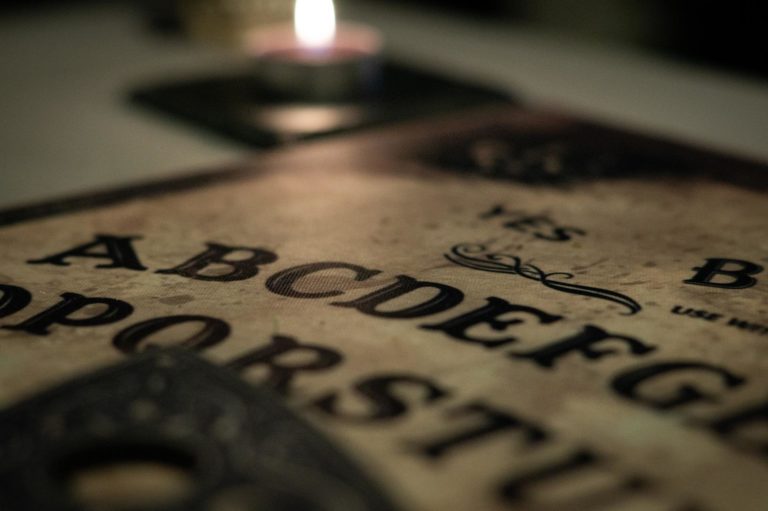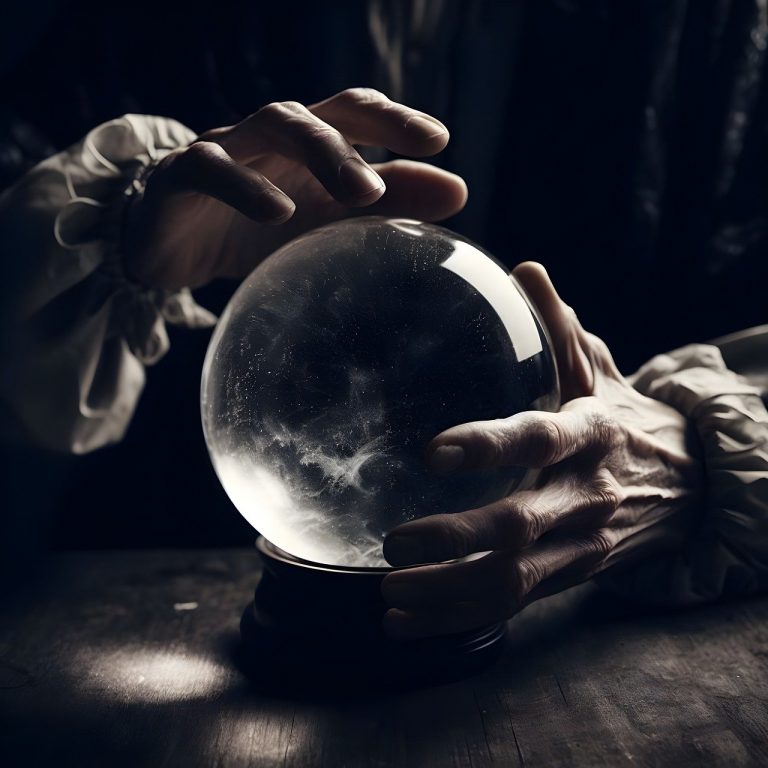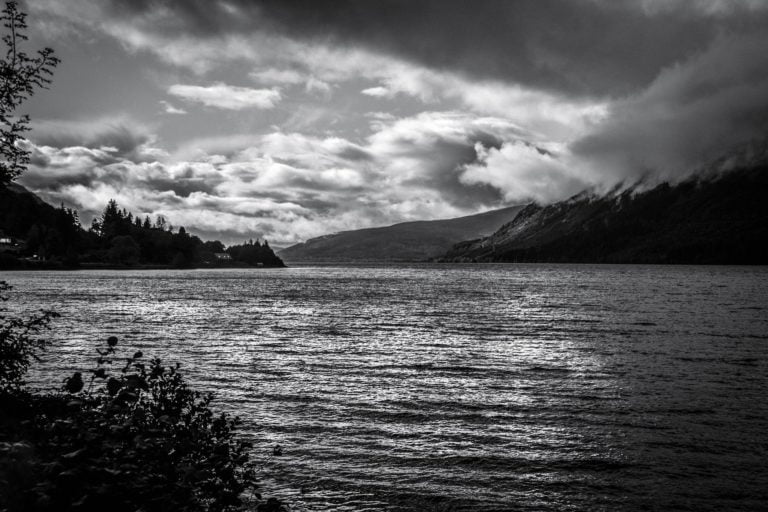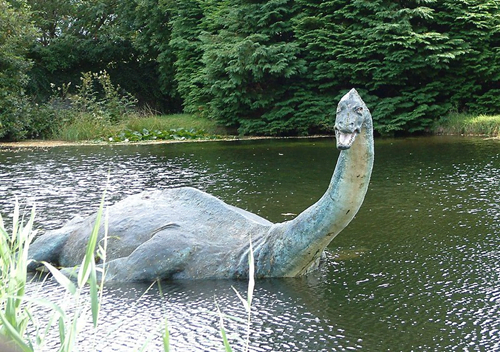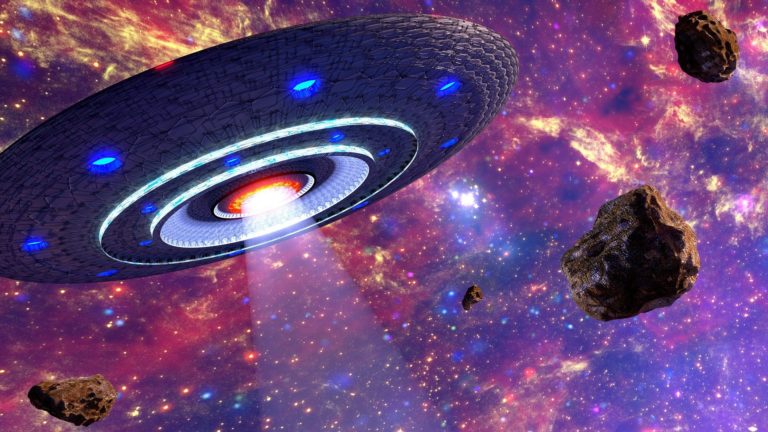This article originally appeared in The Skeptic, Volume 1, Issue 6, from 1987.
This issue, as promised, we will explore the methods used by mediums to produce spirit manifestations. However, before we get down to the nuts and bolts of the various phenomena, I believe it is important to examine the mental set of the sitters and the setting they are in. This is the key to understanding how and why the generally crude methods of the medium pass muster in the séance room.
First of all, the sitter is in a highly receptive and suggestive state. Their belief systems have them primed to see and experience “spiritual” and “psychic” phenomena. Virtually anything that occurs in a séance can be laid at the feet of the spirits. Most séances are conducted either in total darkness or under a very dim red light. Having sat in more than one pitch-dark séance room, I know how disorienting and disconcerting it can be.
In order for the medium to do his or her job properly, there is almost always a cabinet in which they sit. This cabinet is usually just a curtain drawn around an area, usually eight feet by six feet, to make a closed-off cubicle. Occasionally, the cabinet is simply a curtain drawn across the corner of a room. This is usually the case if the séance is in a private home.
The use of the cabinet is explained as being necessary as a sort of condensing chamber for the psychic force and ectoplasm (the mysterious substance drawn from the medium’s body) which enables the spirits to materialise. Of course, what it is really used for is a place for the medium to do his or her dirty work without being seen. The fact that many mediums allow themselves and their cabinets to be searched means absolutely nothing. Most mediums have a “cabinet attendant” who is, in reality, the medium’s bodyguard and a person who can pass the necessary material to the medium when needed.
The cabinet attendant is explained as being necessary to protect the medium from malicious individuals who would grab ectoplasm, thereby endangering the life of the medium. Sitters are constantly told horror stories of mediums whose spirit manifestations or ectoplasm was grabbed and of the resulting injury and/or death to the medium. Of course, these are merely convenient stories to prevent people from grabbing the ectoplasm and getting a handful of luminous chiffon or worse, a handful of medium.
While the assembled sitters sing hymns, the medium, supposedly in the cabinet in a trance, rapidly dons a black outfit and then slips several yards of luminous chiffon and gauze out of a hiding place and proceeds to manipulate it in various ways. What the sitters see is amazing: a tiny ball of ectoplasm sending out shimmering tendrils which gradually grow into a fully formed materialised spirit. This figure could disappear in the same manner it appeared, or it could grow, shrink, expand, or instantly vanish. While it sounds crude, the effect is quite remarkable.
During such séances any number of different things can happen. If the sitters are regulars and well known to the medium, he may “apport” something for the sitter. Many mediums will move about in the dark and remove small items from women’s purses. The owners are carefully noted and the item filed away, reading to be apported back to the owner days, weeks, or months later. If the medium has access to the individual’s house on a social occasion, it is relatively easy to remove some small piece of jewellery from the bedroom and bring it back “via the spirits” at a later time. This is very effective if the person actually requests the object and it appears seconds later. Boy Scouts aren’t the only ones who know the value of being prepared.
Many séance regulars are people well known to more than one medium. They have regular files, usually quite detailed, that are shared from medium to medium.
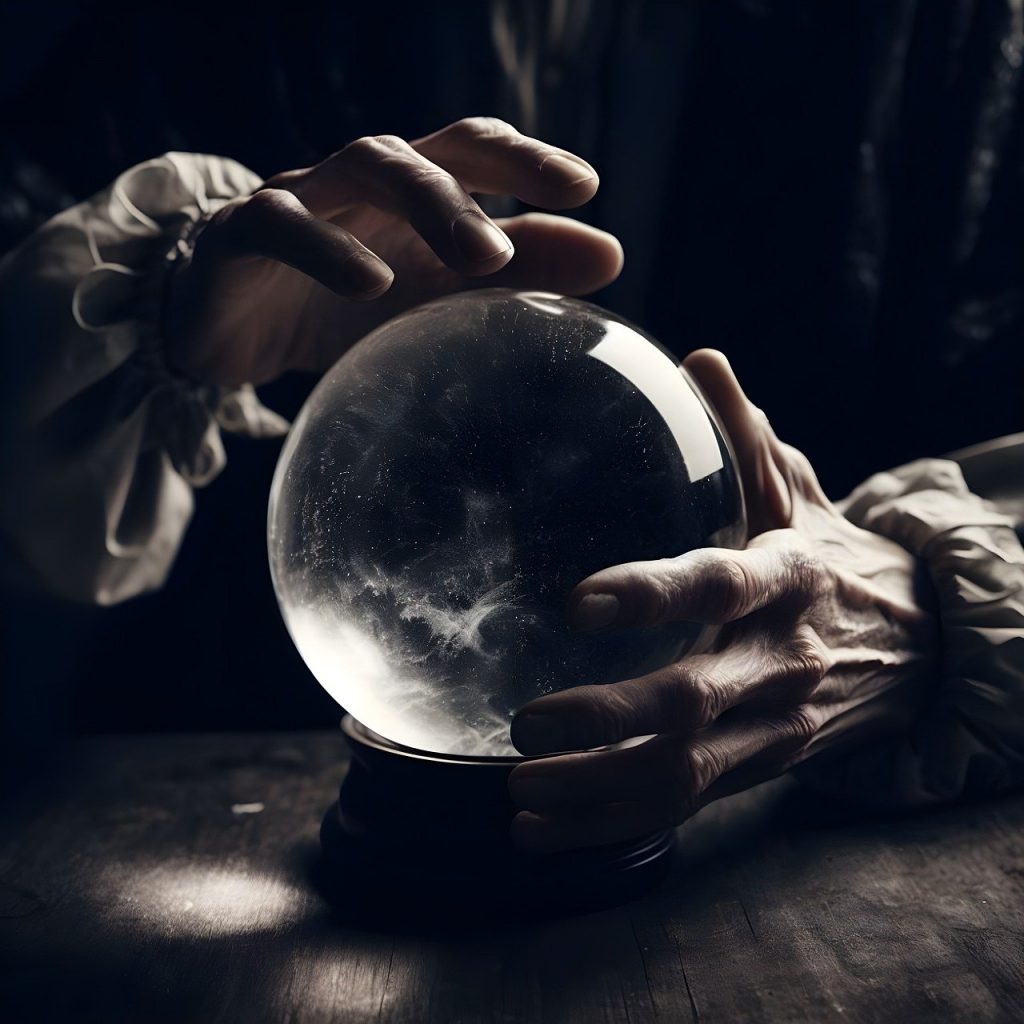
Other “manifestations” that occur are voices out of a floating trumpet that answer questions. Well, the trumpet floating is no big deal. The usual trumpet is like a large megaphone with a luminous band painted around the large end. Using his hand or a collapsible reaching device, the medium is able to make it “float” all over the place. Whispering in the end causes distortion and projection of the voice and gives the impression of “spirit” voices. I’ve heard of some mediums manipulating several trumpets simultaneously.
One medium was especially clever. He was challenged by someone claiming to be a magician and psychic expert. The challenge was to cause voices to come out of a trumpet after the trumpet was dusted with a powder that would cause stains on the hand. The medium accepted the challenge, the lights were turned out, and voices came out of the trumpet. The medium had a piece of stiff cardboard rolled around his leg. Under cover of darkness, he removed it, formed it into a megaphone, and produced his phenomena.
This same medium had a stunt that caused all sorts of consternation even among his fellow mediums. He was offered thousands for the secret, but exposed it himself after he went straight. He was able to produce spirit voices from a trumpet while it was being held by a sitter. Imagine the effect! No miniature radios were used, and the trumpet could be thoroughly examined. The secret is quite simple: dressed completely in black and moving through the darkness like the old radio character The Shadow, the medium had another trumpet, painted black. It was into this trumpet that he spoke, aiming it at the trumpet held by the sitter. From a distance of three or four feet, he could cause the spectator-held trumpet to vibrate, giving a perfect illusion.
To materialise different spirits, the combination of simple masks and the luminous chiffon mentioned earlier works wonders. I remember reading of one medium, many years ago, who materialised the face of a very life-like baby. I understand she had it painted on her rather ample bosom.
Turning the lights on and exposing what is going on seems to have little effect on the true believers. Back in 1960, the spiritualist world was shocked by what became known as the Great Camp Chesterfield Exposé. Two researchers who were sympathetic to the spiritualist cause, Tom O’Neil, editor of the Psychic Observer and an ordained spiritualist minister, and Dr Andrilja Puharich (in his pre-Uri Geller manager days), equipped a dark séance room with infrared lights and a snooperscope, a night vision device, for the purpose of filming the materialisation of a ghost. The medium they were filming was Edith Stillwell. Her cabinet attendant was Mable Riffle. Both of these women were professional mediums with many years’ experience and very tough customers.
Unfortunately for them, they had little understanding of what the devices the researchers were using could do. The experiment was a disaster for the spiritualists. Looking through the snooperscope, Puharich saw that what were supposed to be spirit forms of shimmering ectoplasm materializing out of thin air, were actually figures wrapped in chiffon entering the séance room through a hidden door from an adjacent apartment.
The infrared motion picture film confirmed Puharich’s observations. Caught on film, dressed in gauze, were the familiar faces of Camp Chesterfield mediums, impersonating departed spirits.
O’Neil raged against this in his spiritualist newspaper and quite a scandal developed in the spiritualist community. Unfortunately, O’Neil died not too long after. His paper’s circulation had declined seriously as the spiritualist churches which had provided most of its subscribers and advertising revenue rather than rally to his support. Some said he died of a broken heart.

